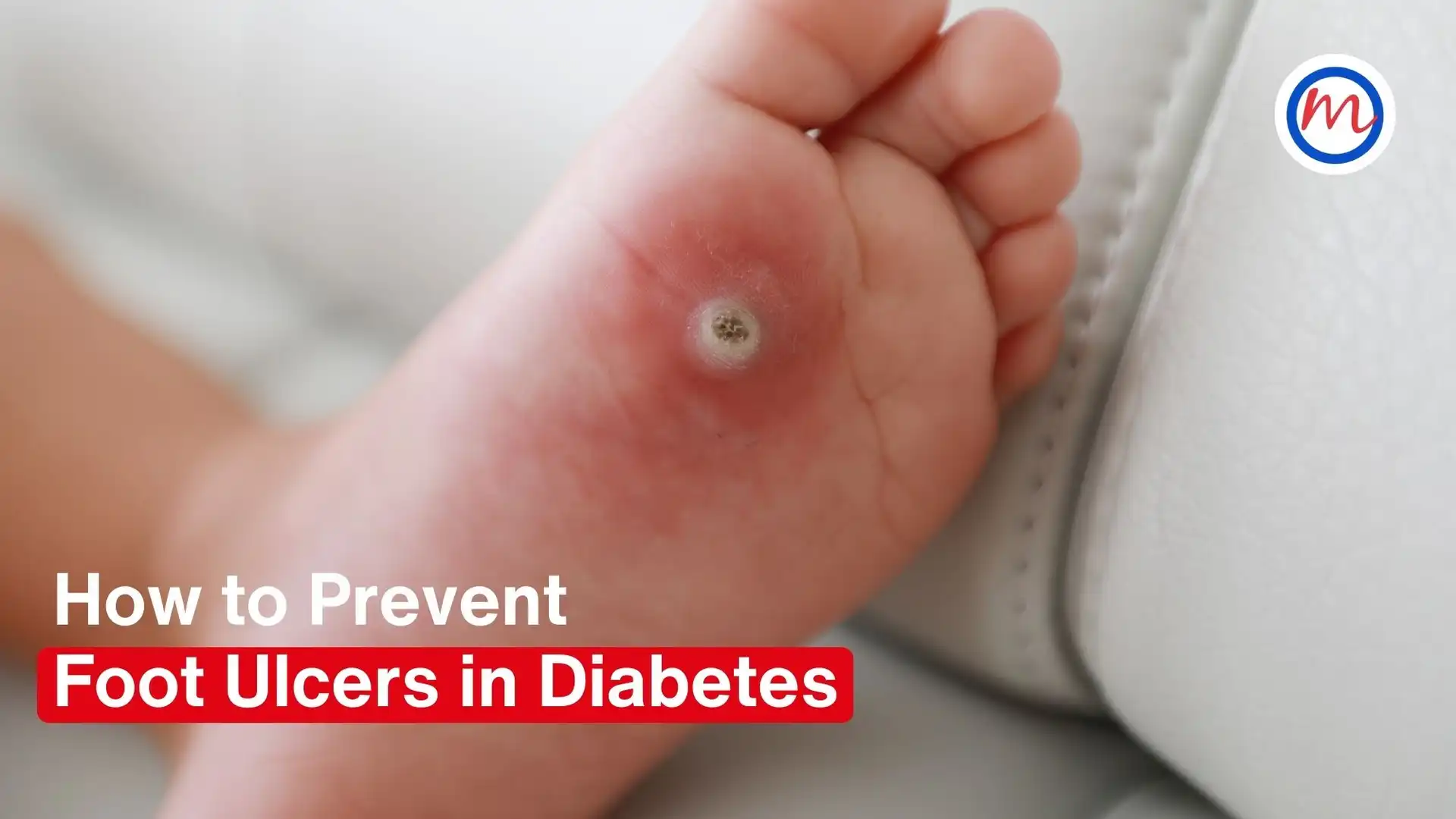How to Prevent Foot Ulcers in Diabetes
Diabetes can lead to foot-related complications if it is not under control for a long period of time. Foot ulcers are one of the common and serious foot-related complications. These are basically open sores which occur on the bottom of the feet. If neglected, foot ulcers can develop into infections. If not managed properly, it can even lead to amputation. However, with proper care and proactive measures, you can prevent foot ulcers. Let’s explore how to prevent foot ulcers in people with diabetes.
What are diabetic foot ulcers?
A foot ulcer is nothing but an open sore that usually occurs below the big toe or the ball of the foot. People who have diabetes may not feel the pain or notice cuts or injuries. Over a period of time, the wound worsens. Healing takes time because of poor blood circulation.
Why are people with diabetes at high risk?
- Nerve damage (Neuropathy): Due to nerve damage, sensation in the feet diminishes and makes it hard for the person to feel the pain or detect minor wounds.
- Poor blood circulation: Reduced blood circulation reduces the ability to heal cuts or blisters.
- Weakened immune system: Immunity decreases over a period of time due to long-term uncontrolled diabetes. Because of this, the risk for infection increases.
- Foot deformities and improper footwear: Ill-fitting footwear and high-pressure points on the soles can lead to the formation of blisters that can develop into foot ulcers.
Warning signs of foot ulcers:
It is very important to watch for these warning signs and consult your doctor immediately if they occur.
- A black spot on the skin
- Foul smell
- Redness or swelling
- Callus (corn) that gets open
- Warmth in feet
- Persistent pain
How to prevent foot ulcers in diabetes:
- Examine your feet regularly: Check your feet, soles and in-between toes using a mirror or ask for help to check for any of signs like redness, cuts, swelling or blisters.
- Maintain good foot hygiene: Clean your feet with warm water and mild soap.
- Dry between the toes completely.
- Do not apply moisturiser between the toes.
- Apply moisturiser to the other areas to prevent cracks.
Choose proper footwear:
- Wear properly fitting shoes or footwear
- Even at home, avoid walking barefoot
- Always use cotton socks as they can absorb sweat.
Consult your doctor or podiatrist for special diabetic footwear. Follow their recommendations to reduce pressure or prevent injury.
Trim nails and file them properly
Avoid cutting nails too close to the skin. File the sharp edges properly.
Control blood sugar levels:
Good blood sugar control plays a key role in preventing foot ulcers. It is essential for healing. Do not skip regular follow-up with your diabetes doctor.
Quit smoking:
Smoking has an impact on the blood circulation and delays wound healing. When you quit smoking, foot health also improves.
Regular foot checkups:
Regularly go for foot checkups, such as Doppler and biothesiometry to check your blood circulation and nerve sensation in your feet. Complications can be prevented by early detection.
What to do if you notice a wound:
Do not ignore, self-medicate or apply home remedies when you find any abnormal symptoms on your feet. Consult your doctor immediately, as early intervention can prevent worsening.
People with diabetes can prevent foot ulcers through proper care and regular checkups. Good blood sugar control, a simple foot care routine and wearing proper footwear go a long way in protecting your feet. If you or your family members have diabetes, never ignore even a small wound on the feet. Early detection can save a limb.



